Spring is here, and so is ramp season. The wild onion species, which is also known as wild leek or wild garlic, is a popular feature on East Coast restaurant menus at this time of year, as chefs enjoy the short window between April and May when the edible, tasty plant peeks through the soil. But foraging and cooking with ramps isn’t an activity limited to culinary professionals—anyone can do it. If you’re in the mood for an adventure in nature, here’s how you, too, can forage for ramps. And for cooking inspiration, we’ve also included some tasty vegan recipes.
Table of Contents
Why forage for ramps?
One of the reasons why chefs and culinary enthusiasts highly prize ramps is their unique taste, which combines the pungency of garlic with the mild sweetness of onion. It’s no surprise then that the taste is often described as a cross between garlic and onion but with a wild, earthy undertone. But another reason why chefs love ramps is that, while they are an easy ingredient to forage, they aren’t available all year round.
The limited availability of ramps helps to create a sense of anticipation and excitement among foragers and chefs who eagerly await their emergence after winter has passed. Foraging for ramps also allows people to connect with nature and explore the outdoors. It provides a good opportunity to appreciate the beauty of wild spaces, and bond with loved ones while searching for the edible plant.
Crowded Kitchen
How to forage for ramp
Ramp is a North American plant. It is typically found in wooded areas, particularly in regions with deciduous forests and moist, rich soil. For that reason, ramps are particularly common in northeastern states, such as New York, Pennsylvania, Vermont, and Maine, as well as in Appalachian regions, such as West Virginia, Virginia, North Carolina, Tennessee, and Kentucky.
If you’re searching for ramps, it’s best to seek out shaded, damp environments such as the forest floor or the banks of streams. They first emerge in early spring and tend to grow in clusters or colonies. If you’re foraging for ramps, however, it’s important to keep sustainability in mind. With the rise in demand for the wild plant, overharvesting is a concern.
“When we forage for ramps we take the leaves but not the bulbs; we don’t dig them up,” chefs Jennifer Carroll and Billy Riddle told Food & Wine. “It’s a sustainable practice. By not disturbing the root structure, the ramps will grow back the following year by double.”
How to cook with ramp: 5 vegan recipes to try
At New York restaurant Morandi, executive chef Gabriele Carpentieri prefers to leave ramps to shine on their own. “I quite enjoy ramps simply tossed in extra-virgin olive oil and salt, then placed on the grill,” she told Food & Wine. But there are many different ways to cook with ramps. Some chefs like to pickle and purée them, for example, while others fold them into cream cheese or make them into a pasta filling. For ideas on how you could cook with them at home, find a few of our favorite vegan recipes below.
1 Cacio e Pepe with ramps and lemon
According to Eat Love Namaste, this vegan cacio e pepe (which is a pasta dish from Lazio, Italy) is “full of flavor and easy to make.” Thanks to the ramps, it has a pleasant, mild onion flavor, but the lemon adds extra zest and zing. The recipe blog notes it’s the “perfect springtime pasta dish.”
Get the recipe
2 Ramp pesto
Pesto is one of the most popular ramp dishes, and that’s because the unique, distinctive flavor of ramp stands out beautifully against the simplicity of basil, pine nuts, garlic, and olive oil. While pesto also usually contains Parmesan cheese, it’s easy to make it vegan by swapping in vegan Parmesan or nutritional yeast, as this recipe from Crowded Kitchen demonstrates.
Get the recipe
3 Ramp leaf garum
Forager Chef is a recipe blog run by the James Beard Award-winning chef Alan Bergo. In this recipe for ramp leaf garum, or vegan fish sauce, Bergo guides you through how to turn ramp leaf juice into a delicious fishy sauce through the process of fermentation. “The finished sauce is a fish or soy sauce substitute that tastes like toasted ramps, and you can use it anywhere you’d use fish sauce,” notes Bergo.
Get the recipe
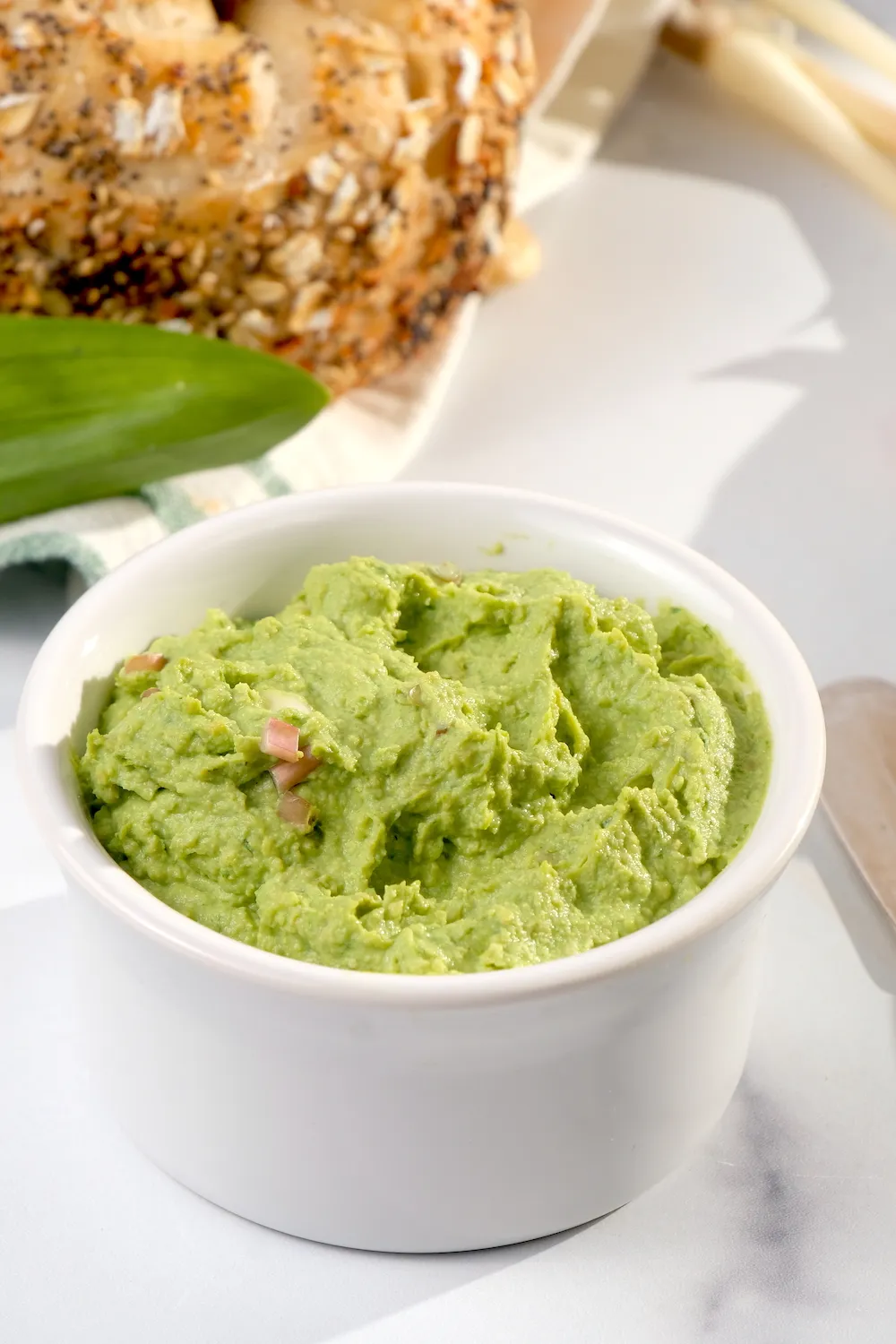 Meatless Makeovers
Meatless Makeovers
4 Vegan ramp cream cheese
Order in the bagels, because you’re about to be obsessed with this vegan ramp cream cheese recipe from Meatless Makeovers. Cashews, tofu, miso paste, nutritional yeast, and wild ramps combine to create a delicious creamy spread that is set to become your new springtime favorite.
Get the recipe
5 Roasted ramps with ramp vinaigrette
If you prefer to keep things simple and let the ramps take the spotlight on their own, this recipe from Lisa’s Project: Vegan is well worth a try. According to the blog, “Roasting the ramps brings out the sweet earthiness of the ramps but also makes the greens crispy,” before adding that the platter “hits every note.”
Get the recipe

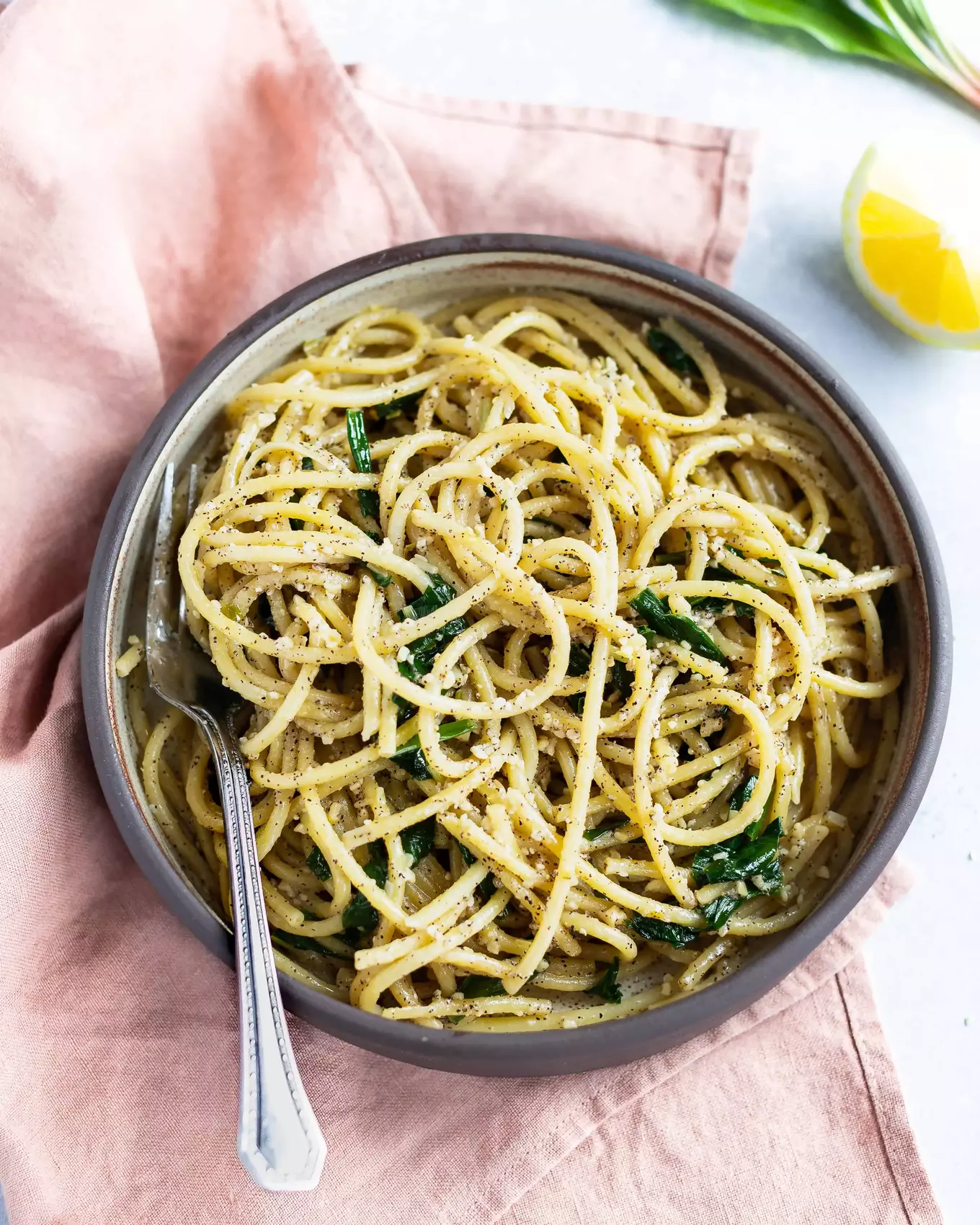
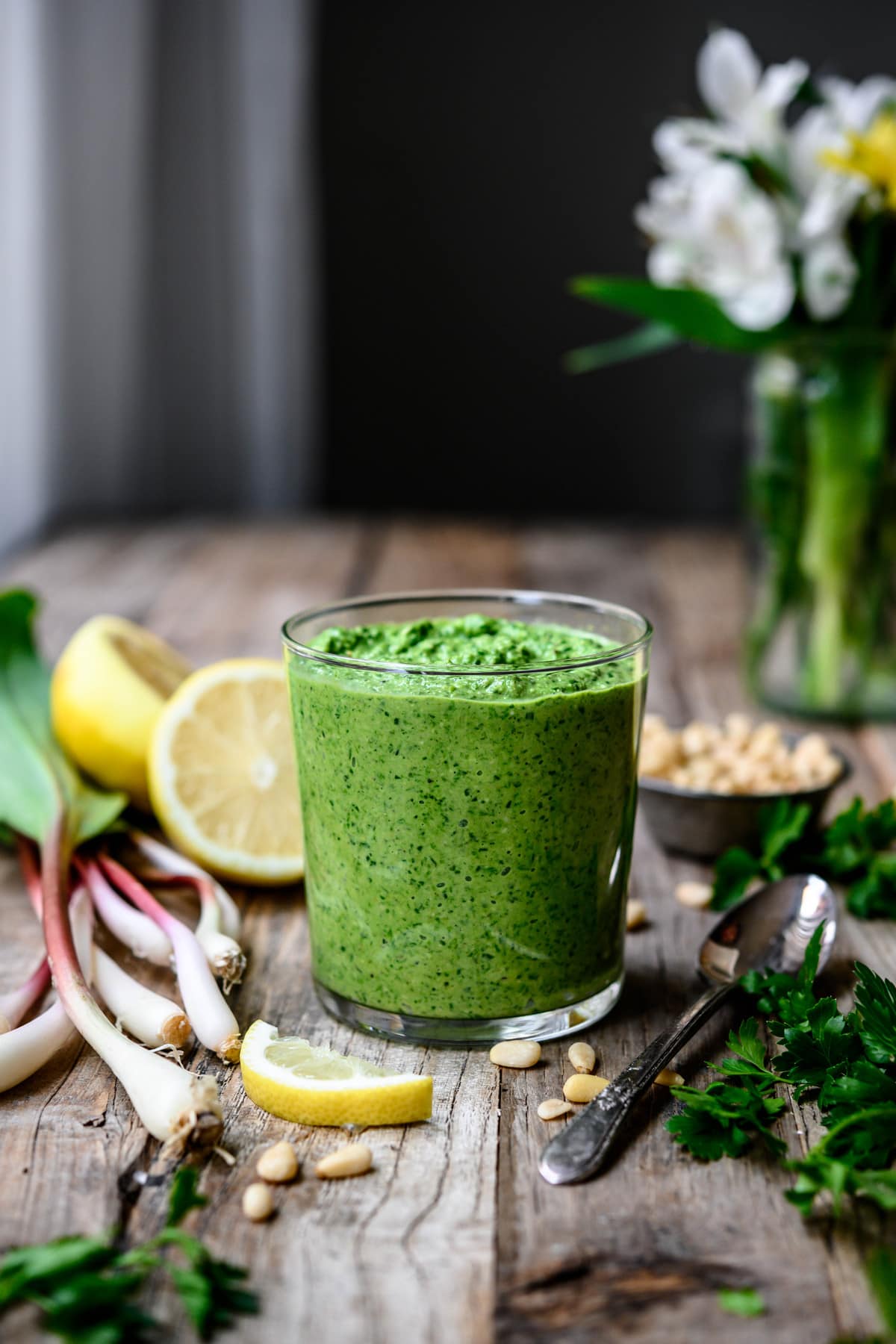
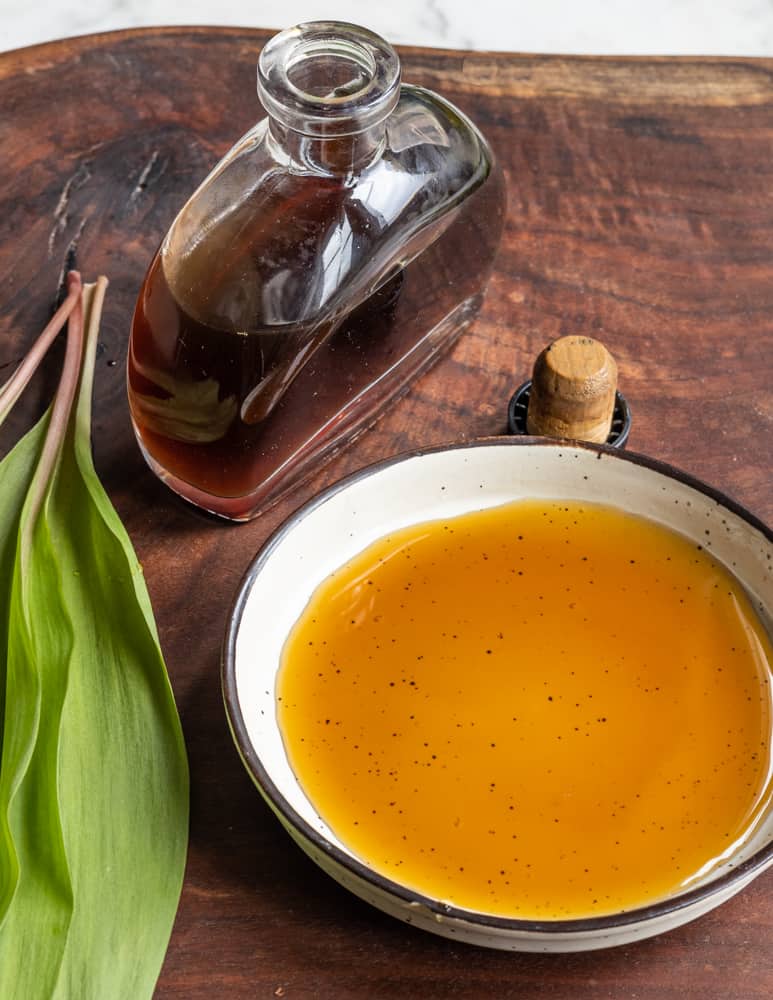
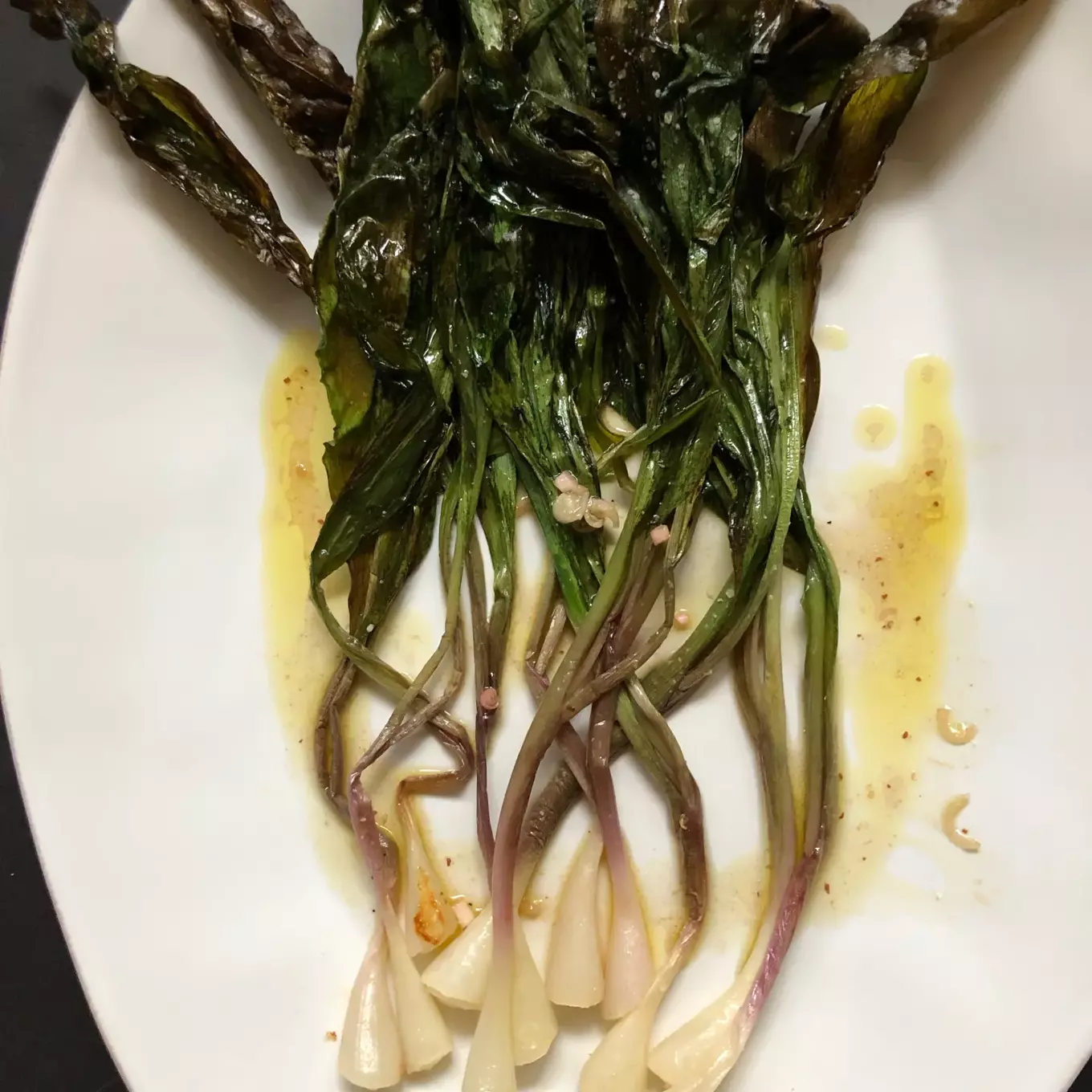

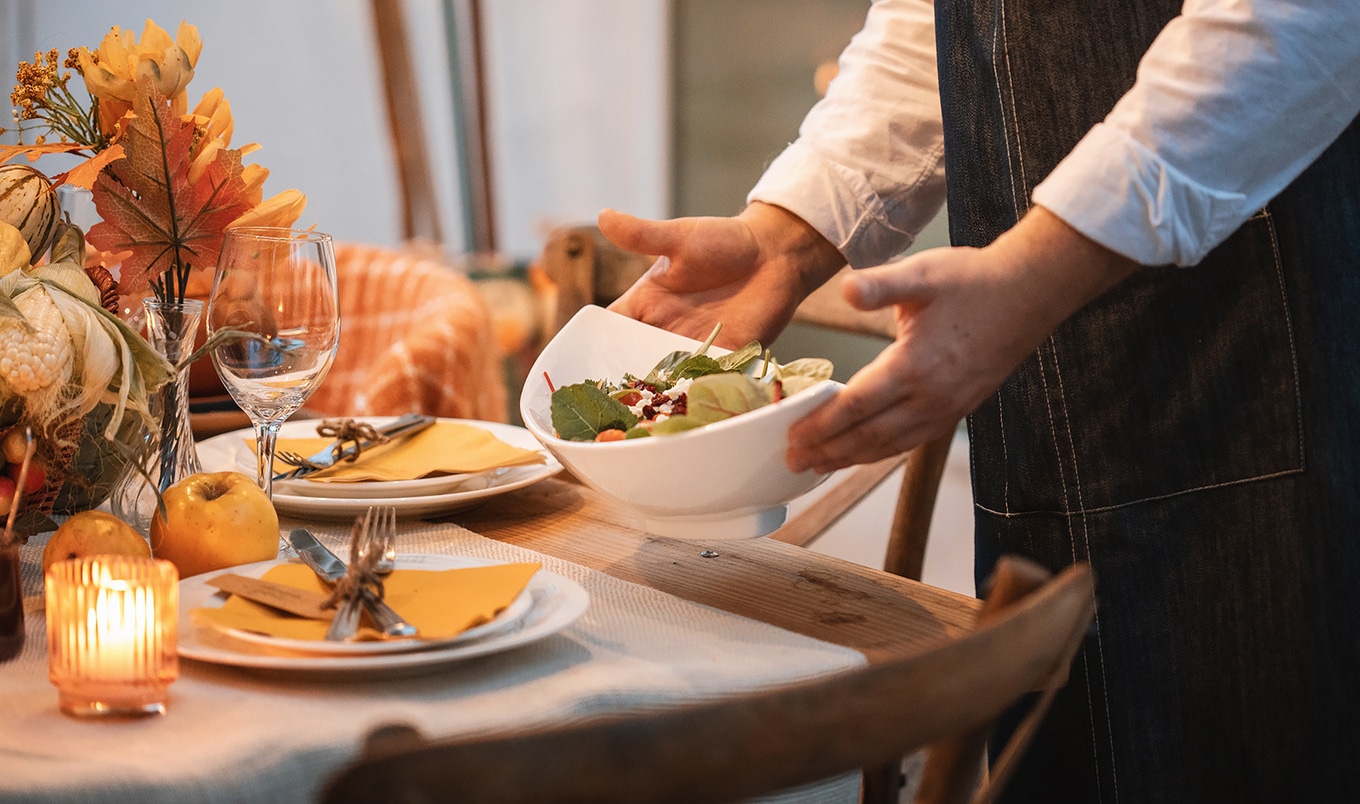

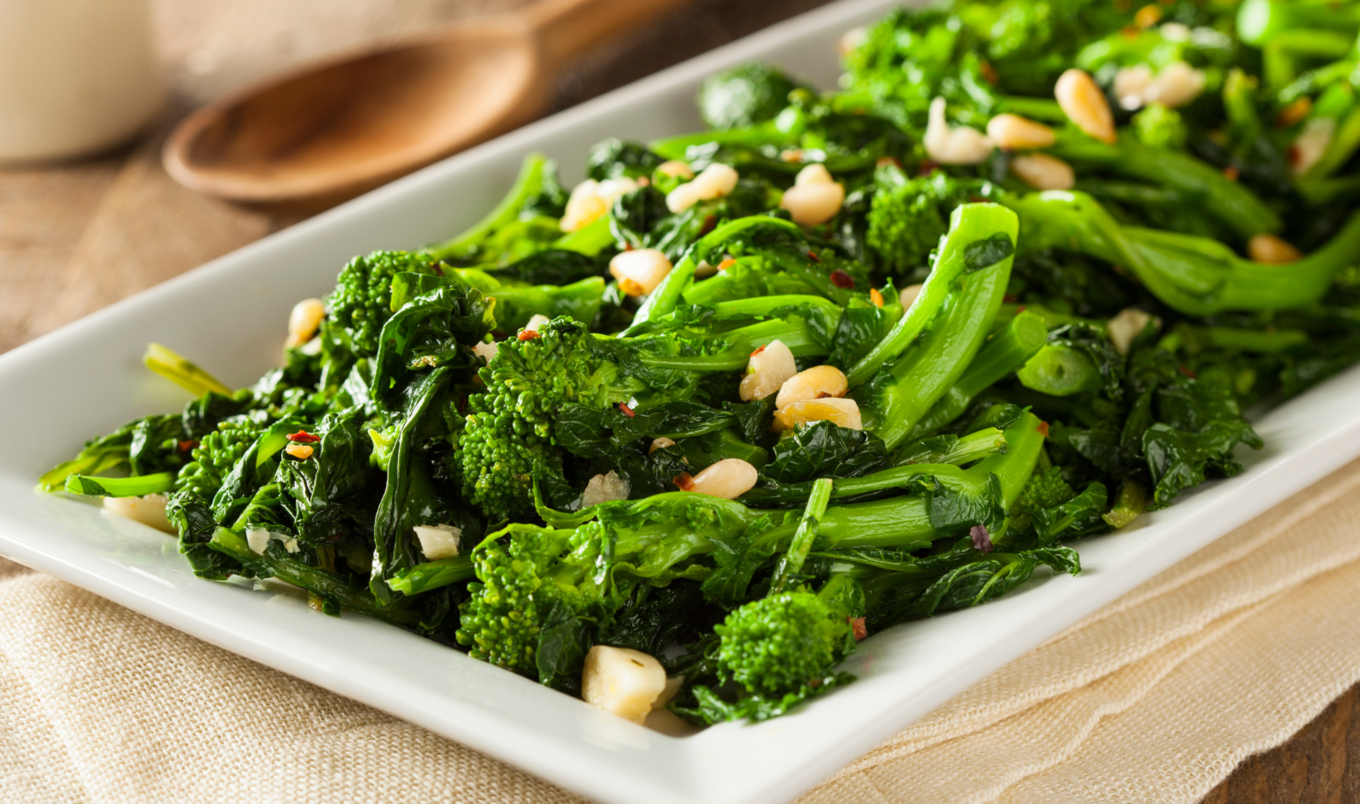


.jpg?sha=1491c255b49d3e03)